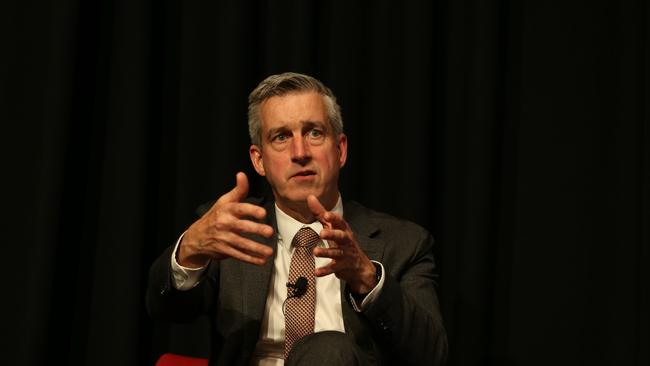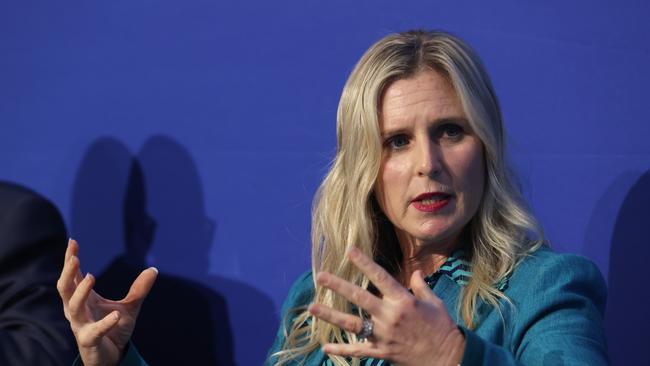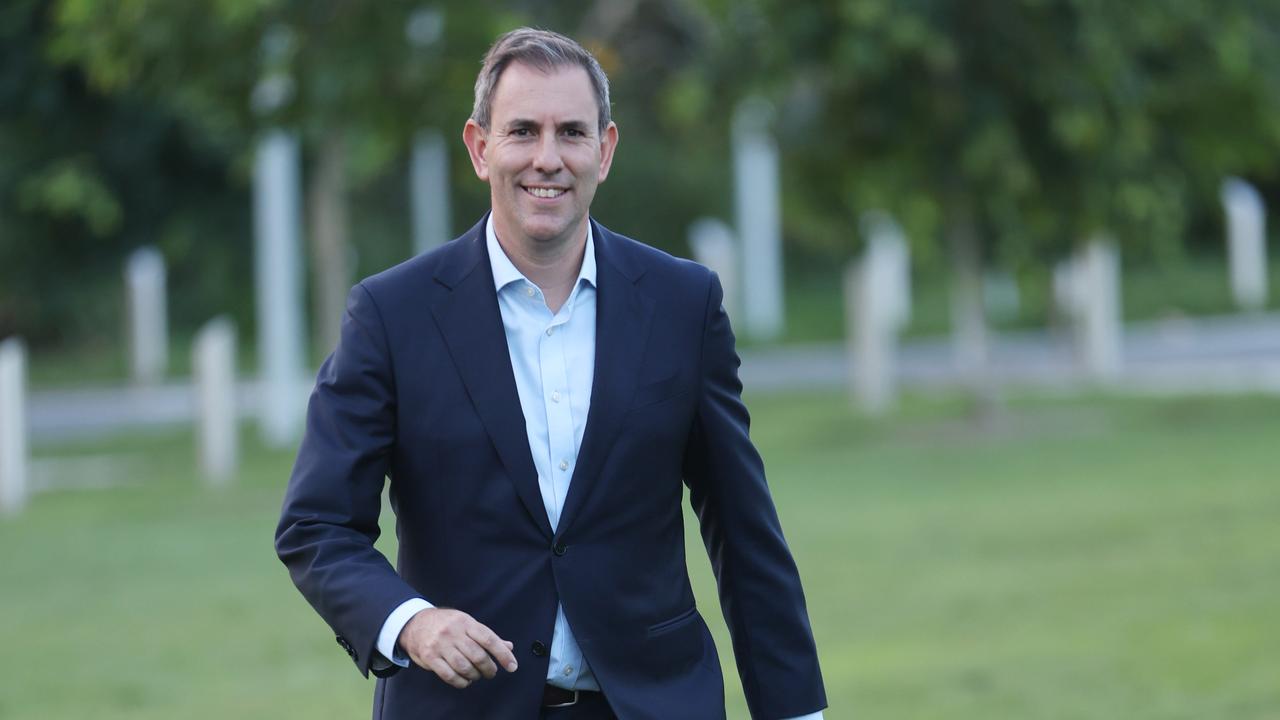What you need to know about super fund mergers as smaller players get taken over
The current super fund merger frenzy is an unstoppable force and if you’re in a smaller fund, chances are it’ll be taken over. Here’s what you need to know.

A super fund merger frenzy since the start of the decade suggests there’ll be just 50 APRA-regulated funds left by 2029, and even fewer 10 years from now.
As the pool shrinks further, some stand out as easy targets in a world where bigger is seen as better.
Mega and large funds such as AustralianSuper, Australian Retirement Trust, Aware, UniSuper and HESTA already dominate the landscape, with much smaller niche offerings dotted along the sidelines. This trend will intensify in the coming years as workers either go to the largest funds or those that align with their own beliefs, such as ethical or faith-based funds, experts say.
In terms of “predators”, Australian Retirement Trust, itself the product of the biggest merger in the market formed by the 2022 tie-up of Sunsuper and QSuper, has been the most active in adding bolt-ons. It has merged with AV Super, Commonwealth Bank Group Super, Alcoa Super, and Woolworths and Endeavour Group Super, among others. It tacked on another fund — Qantas Super — just last week.
Elsewhere, Club Plus and LUCRF have been folded into Australian Super, Media Super and EISS Super joined Cbus, and Australian Ethical merged with Christian Super.

But what about the targets? If you’re in a smaller fund, chances are it’ll be taken over in the coming years.
Back in 2021, APRA put a number on what it would take for a fund to be sustainable: at least $30bn in assets. Its ‘magic number’ may well have pushed higher since then but, assuming it hasn’t, there are only about 25 funds out of 80 that have assets above $30bn.
Russell Investments, NGS Super, Prime Super, legalsuper and Vision Super are among those that industry sources say are likely sitting in the ‘target’ basket.
APRA has also previously cautioned against ‘bus-stop’ mergers as being just a temporary stop on the way to ultimately joining with a major fund. It has essentially told funds to take the fastest route and go with one of the big guys. The nation’s biggest fund, AustralianSuper, now has $367bn in assets and is currently the fastest growing operator in the market.
There are still some ‘mergers of equals’ – Telstra Super and equip super, each with about $30bn in assets, announced their planned merger last December, but for the most part smaller funds are tacking on to their much larger peers.
More complex regulation – and the cost involved – is driving at least some of the consolidation in the market.
“We’ll continue to see two drivers of mergers. The first is what we call strategic mergers: funds getting together because they’ve got some complementary capability, or because they want to pursue growth by choice. The second is funds that have sustainability concerns,” says KPMG’s national sector leader for asset and wealth management, Linda Elkins.
“It could be that they have low or no flows, or a difficulty in retaining members into retirement,” Ms Elkins says.
We’re told these mergers are a good thing – the typical selling point is that greater scale will deliver better returns and lower fees.
But as we’ve seen, funds are struggling with the challenges that come with tremendous growth. Leaving the investment piece to one side, delivering basic member services is proving difficult across the board.
If you thought Cbus and AustralianSuper were the outliers (both are being sued by the corporate regulator for excessive delays in paying out death benefits and AustralianSuper was last month fined $27m for failing to merge duplicate accounts) then findings released this week by ASIC show just how widespread back office mismanagement is within the industry.

A review by the regulator revealed systemic failures by some funds in paying out death claims, with industry funds the worst offenders. The $93bn industry fund Rest came in last place out of 10 funds reviewed. The fund paid out just 8 per cent of death claims for a deceased member within 90 days.
Even the best of the lot, Colonial First State, could only manage to complete 48 per cent of claims over that time.
With its death claims review out of the way, ASIC is now turning its attention to super fund mergers, as previously revealed by The Australian.
“We have seen some examples of service delivery being impacted negatively when a trustee is going through a merger or successor fund transfer. We are also aware of a broader range of service-related complaints associated with these kinds of transitions, which are a cause of concern for fund members,” ASIC commissioner Simone Constant said earlier this year.
“As the number of members moving from the accumulation phase into the retirement and drawdown phase increases there is an ever-greater demand being placed on funds and they need to ensure they have the systems and processes in place to manage this growth.”
Fees charged to members post-mergers will be another area of focus for the regulator.
Annual fees for ART members jumped from around $470 to $507 this past year, based on a $50,000 balance, with the fund putting the blame on a bigger push into higher-growth investments.
Even before the fee hike, the fund was on the higher end for fees when compared to its peers. AustralianSuper’s annual fee on a $50,000 balance is $387, while UniSuper charges members about $400 a year.






To join the conversation, please log in. Don't have an account? Register
Join the conversation, you are commenting as Logout